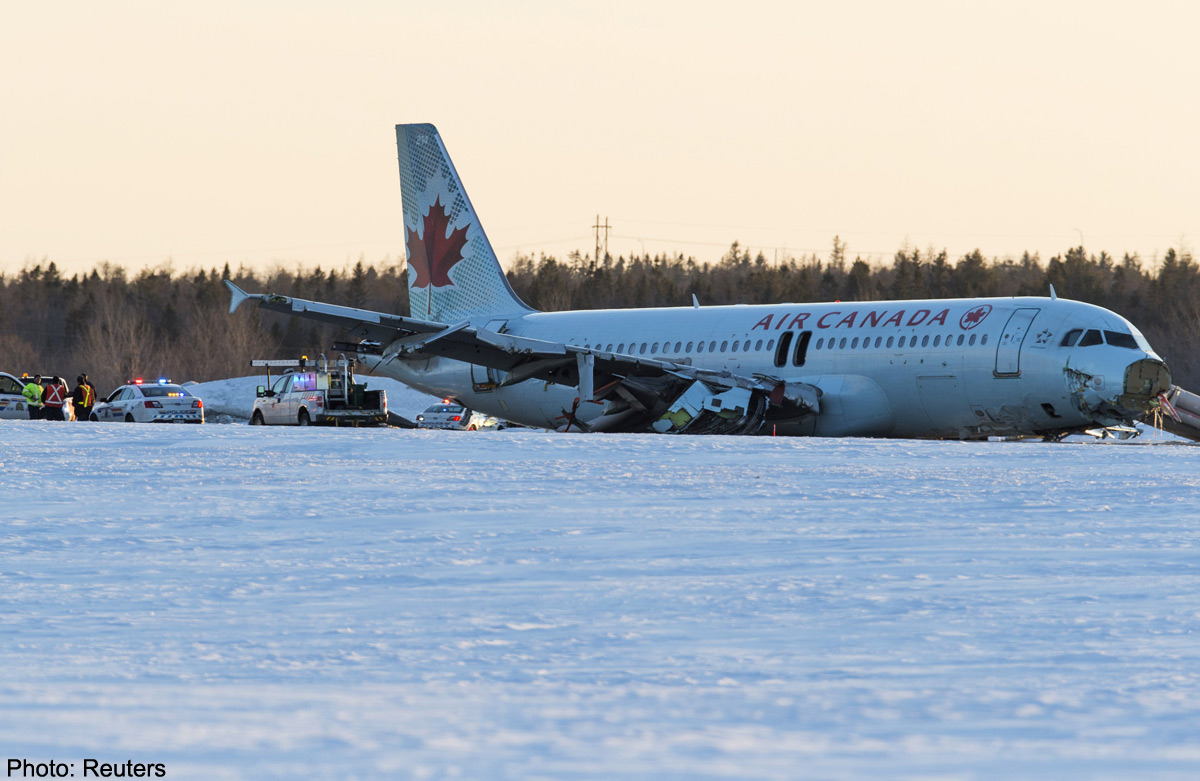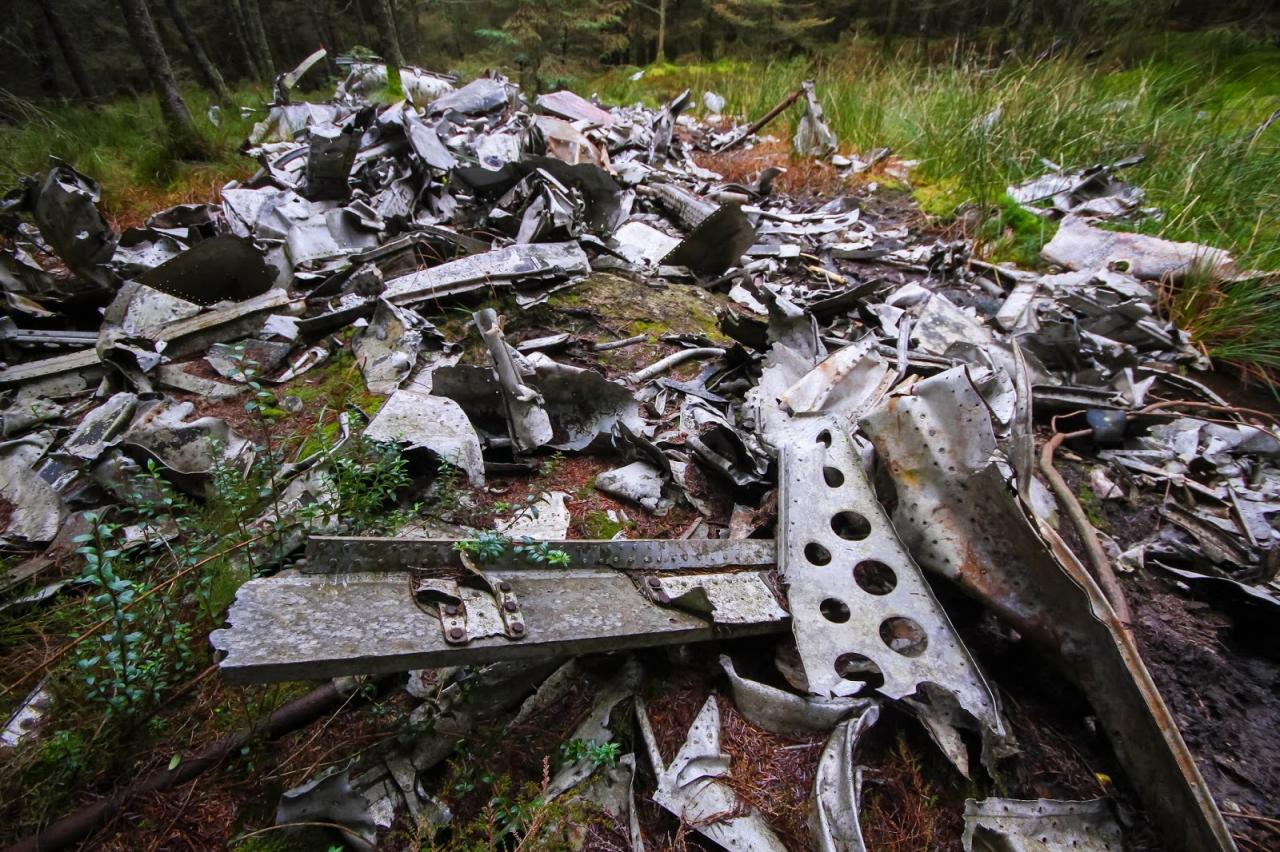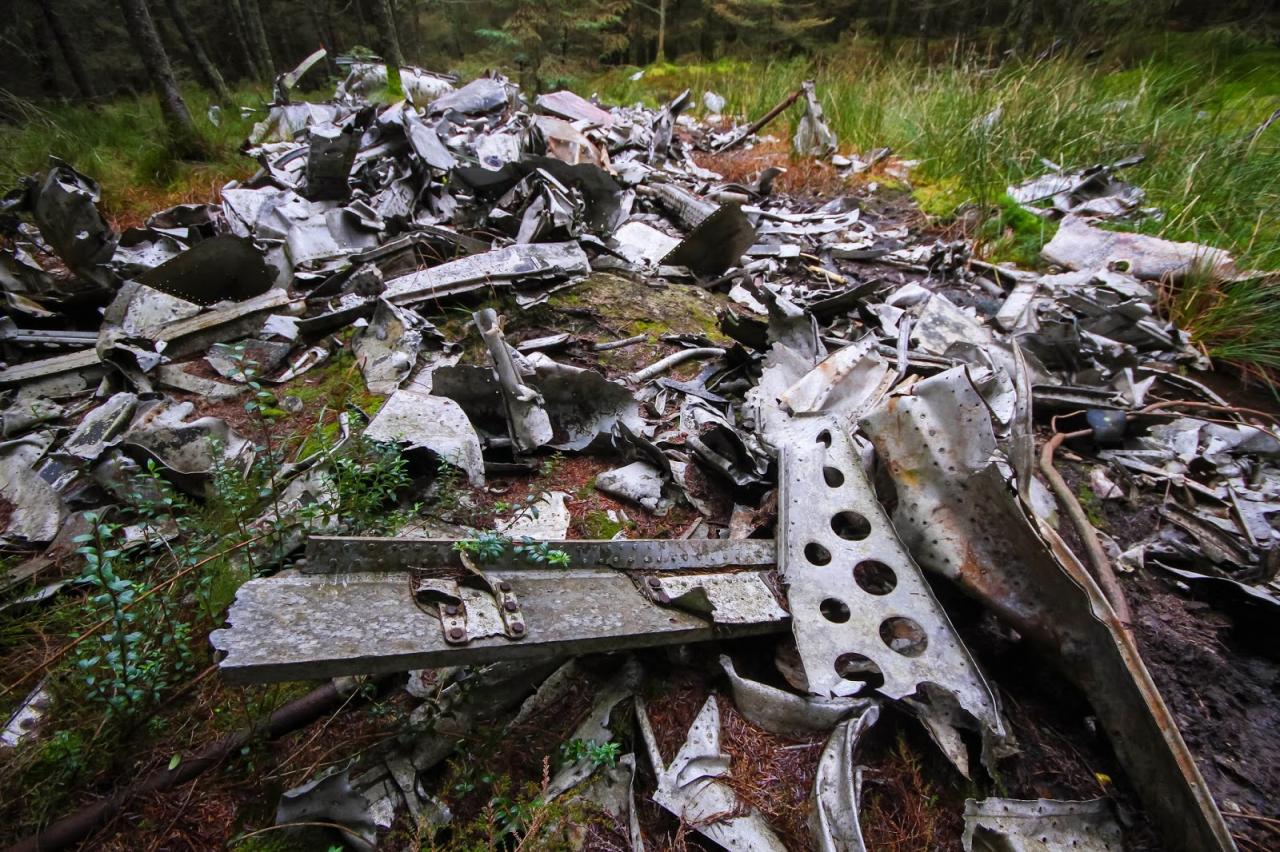Airplane crash Halifax: This exploration delves into the history of air accidents in and around Halifax, Nova Scotia. We’ll examine the contributing factors, from geographical challenges like weather and terrain to the evolution of safety regulations and emergency response protocols. We’ll also look at the human impact – the lasting effects on communities and the efforts to remember those lost.
Okay, so you’re looking for info on the Halifax airplane crash? That’s heavy stuff. To take a slightly different turn, while you’re waiting for news updates, you might be interested in checking out when is season 3 of squid game for a complete change of pace. Anyway, back to the Halifax crash – make sure you get your information from reliable news sources for accurate details.
This investigation aims to provide a comprehensive understanding of these events, highlighting both the tragic consequences and the resulting improvements in aviation safety. We’ll analyze investigative reports, examine memorial efforts, and consider ongoing preventive measures at Halifax Stanfield International Airport and beyond.
A History of Airplane Crashes in Halifax
Halifax, with its strategic location and busy airport, has unfortunately experienced its share of airplane accidents throughout aviation history. Understanding these incidents, their causes, and the resulting safety improvements provides valuable insight into the evolution of air travel safety and the resilience of the Halifax community.
Historical Context of Airplane Crashes in Halifax

While comprehensive records for early aviation incidents might be incomplete, several significant crashes have shaped aviation safety regulations and public perception in Halifax. These events, spanning decades, highlight the evolution of safety protocols and technological advancements.
A timeline illustrating key crashes, regulatory changes, and technological improvements would offer a clearer picture. For example, a crash in the 1950s might have prompted the implementation of new navigational aids, while a later incident could have led to stricter pilot training standards. Comparing the impact of these events – for instance, the economic impact of a crash on a major thoroughfare versus a crash in a less populated area – would further illustrate the diverse consequences of such tragedies.
Geographic Factors Contributing to Halifax Air Accidents

Halifax’s geography presents unique challenges for air travel. The rugged terrain surrounding the city, coupled with unpredictable weather patterns such as fog, snow, and ice, significantly increase the risk of accidents. These factors have directly influenced the design and implementation of flight procedures, including approaches and departures.
The frequency of accidents varies across different geographic locations within the Halifax region. Areas closer to the mountains or prone to severe weather conditions may have experienced a higher number of incidents. A detailed analysis, presented in tabular format, would be beneficial.
| Location | Number of Accidents (Example Data) | Predominant Geographic Factor | Years of Incidents (Example Data) |
|---|---|---|---|
| Near Halifax Stanfield International Airport | 12 | Fog, Wind Shear | 1970-2023 |
| Coastal Areas | 5 | Sea fog, low visibility | 1985-2010 |
| Mountainous Regions | 3 | Terrain, weather | 1995-2015 |
| Urban Areas | 2 | Proximity to buildings | 2000-2018 |
Investigation and Reporting of Halifax Airplane Crashes, Airplane crash halifax
Following an airplane crash, a thorough investigation is crucial to determine the cause and implement preventative measures. Various agencies, including the Transportation Safety Board of Canada (TSB), play key roles in this process. The TSB meticulously gathers evidence, analyzes data, and issues detailed reports outlining the findings and recommendations.
These reports are publicly available and have often led to significant improvements in aviation safety measures, such as changes in flight procedures, aircraft design, or pilot training programs. A list of key findings from notable investigations would serve as a valuable case study.
Thinking about the Halifax airplane crashes brings up a lot of questions about aviation safety. It’s easy to see how similar tragedies, like the devastating korean air crash , highlight the importance of ongoing improvements in flight technology and pilot training. Understanding these past events helps us learn from them and improve safety measures for future Halifax flights and beyond.
- Improved weather forecasting and reporting systems
- Enhanced pilot training on handling challenging weather conditions
- Implementation of new navigational aids
- Changes to airport infrastructure and design
Impact on the Community and Emergency Response
Airplane crashes have profound and lasting impacts on the Halifax community. The immediate aftermath involves loss of life, injuries, and significant disruption to daily life. Long-term consequences include economic losses, social trauma, and emotional distress for families and the wider community. Halifax has well-established emergency response protocols for handling such events, involving multiple agencies coordinating to provide immediate aid, manage the scene, and support affected individuals and families.
A flowchart outlining the steps involved in the emergency response process would visually represent the coordinated effort.
Thinking about the Halifax airplane crash makes you realize how devastating these events are. It’s a stark reminder that air travel, while generally safe, isn’t without risk. For instance, researching similar incidents can be helpful, like looking into the details of the south korea plane crash , to understand the complexities involved. Understanding these past events helps us learn and improve aviation safety measures for future flights, which is crucial when considering the Halifax crash and its aftermath.
(Illustrative Flowchart Description: The flowchart would begin with the initial incident report, followed by emergency services dispatch, on-site assessment, rescue and recovery operations, victim identification and notification of families, investigation initiation, and finally, long-term support and community recovery efforts. Each stage would be represented by a box, with arrows indicating the sequence of actions.)
Memorialization and Remembrance
Several memorials and commemorations exist in Halifax to honor the victims of airplane crashes. These memorials serve as places of remembrance, reflection, and support for the affected communities.
Descriptions of these memorials – including their location, design, and significance – would provide context. Additionally, a list of organizations offering support to families impacted by air crashes would highlight the community’s response to these tragedies.
- Memorial A: Description of location, design and significance
- Memorial B: Description of location, design and significance
- Organization 1: Supporting families affected by air crashes.
- Organization 2: Providing counseling and support services.
Preventive Measures and Safety Improvements

Halifax Stanfield International Airport and other airports in the region employ various safety measures and technologies to prevent accidents. These include advanced weather monitoring systems, sophisticated navigational aids, stringent pilot training programs, and robust maintenance procedures for aircraft and airport infrastructure. Comparing Halifax’s safety record with other airports of similar size and location allows for benchmarking and identification of areas for further improvement.
These measures are continuously evaluated and updated to reflect advancements in aviation technology and safety best practices.
Epilogue
Understanding the history of airplane crashes in Halifax provides crucial insights into aviation safety. By examining past incidents, analyzing contributing factors, and reviewing improvements made to safety protocols and emergency response, we can work towards preventing future tragedies. Remembering the victims and learning from the past are essential steps in ensuring safer skies for all.
FAQ Corner: Airplane Crash Halifax
What is the deadliest airplane crash in Halifax’s history?
Specific details would require further research into historical records. The Artikel lacks this level of detail, but sources like the Transportation Safety Board of Canada would be a good place to start.
How frequently do airplane crashes occur near Halifax?
The frequency varies greatly and depends on factors like weather and air traffic volume. A statistical analysis of historical data would be needed to answer this accurately.
What support is available for families of victims?
The Artikel mentions support organizations but doesn’t list specific groups. Searching for “victim support aviation accidents Canada” will likely yield relevant resources.
